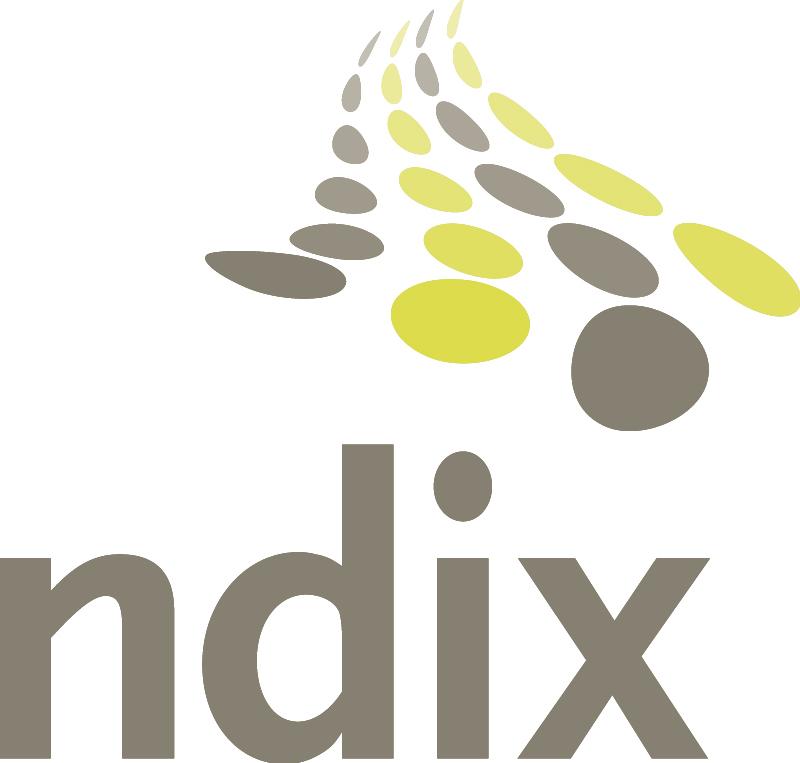Open and Secure Communication Platforms for Cooperation and Innovation
Using Ethernet VLANs for secure connections - the community ecosystems of the future? Jeroen van de Lagemaat from NDIX talks about securing health and emergency services.

Image: mikuratv

Jeroen van de Lagemaat, NDIX
Cooperation and innovation result from the engagement with and communication of ideas, demands, solutions and, most of all, enthusiasm. But trust and security (of partners and of communication) are also essential.
Reliable and open platforms are an excellent, if not THE, means to stimulate cooperation and innovation. These form the fertile ground for innovation by enabling an open exchange of ideas. Some prime examples of open communication platforms are:
- The Internet itself, with its origin in DARPA as a network to support the research and development of new applications and systems. The Internet now connects everybody.
- Tim Berners-Lee’s HTTP protocol, to enable data exchange for the input and output of CERN experiments; very profound research. Now HTTP is used by everyone.
- Internet exchanges, like DE-CIX and AMS-IX. Platforms that enable the Internet.
- The smartphone, actually the perfect instance of a platform.
All carry the same basic values. It’s not the platform itself, but the number and diversity of connected parties that determine its relevance and success. In the same way, it’s not just the plot of land or the individual tree, but the forest as a whole that enables an ecosystem of innovation and growth.
Hence, the scale and thereby the openness of the platform is crucial. But at the same time there is an increasing need for trust and the security.
Although the Internet has its bad neighborhoods, its sheer size compensates for these negative aspects and makes it the most dominant platform for cooperation and innovation. In that aspect, smartphone platforms (app stores) are a bit tighter in matters of security and trust.
Some user-communities require platforms with a higher level of trust and security, while preserving the aspects of an open platform. Ethernet communication platforms are being used on an increasing scale. The flexibility of VLANs can be used for secure connections with trusted partners. An IX is such an Ethernet platform on a local scale, with its community of ISPs and carriers (peering-VLANs and private interconnect-VLANs). Large Ethernet networks extend the forest, to cover more ground and to reach a broader community of users. VLANs are the secure tracks that are used to communicate, to do business and to exchange opportunities and ideas.
At the complete other end of the security spectrum, we find the expensive dark-fiber networks, used as completely private, secure and closed networks; secure walled gardens, so to speak.
Fostering cooperation and innovation (in terms of the development and use of new and existing ICT applications) is the reason for existence for NDIX, an Ethernet platform covering grounds in the whole of the Netherlands and selected parts of Germany.
Several groups of hospitals, both in the Netherlands and Germany, use Ethernet networks. Nine municipalities in the Region Twente in the Netherlands, together with all of the police and fire departments in their region, use the fiber-based Ethernet infrastructure of NDIX. When two or more cities cooperate on a certain aspect (i.e. shared facilities like data centers, or common services for their Internet portals), they use private VLANs. If a new partner joins that specific cooperation, the VLAN is extended to that party.
At the end of 2016, more than 10 different cooperations between different municipalities and police and fire departments were running over the NDIX Ethernet infrastructure. One VLAN is used as the emergency infrastructure in case of major incidents. Several VLANs are used by different municipalities to obtain services from third parties. Additional VLANs between any combination of parties (hospitals, communities, companies, service providers etc.) are delivered as-a-service instantly, as new tracks to cooperation and innovation.
Another prime example is Surfnet, the Dutch national network for higher education, which offers its user community VLANs-as-a-service, under the name of light-paths (originally WDM channels, later replaced by the more flexible Ethernet VLANs).
And, since the need for communication and cooperation is always expanding, Surfnet exploits a generic Ethernet-interconnection point under the name of Netherlight, which the NDIX network is connected to. As a result, the municipality of Enschede can obtain VLANs to any party connected directly or indirectly to Surfnet. And any Dutch university or high school can use the services of one of the service providers connected to the NDIX-network. And they do so increasingly. Will Ethernet networks offer us the community ecosystems of the future?
Please note: The opinions expressed in Industry Insights published by dotmagazine are the author's own and do not reflect the view of the publisher, eco – Association of the Internet Industry.


